|
If it's the 25th of March it must be New Year! The 25th of March is Lady Day, the festival of Floralia and, until 1752, New Year’s Day in Britain. It was also calculated by the monk Dionysius Exiguus as the day Christ was crucified. A lot to happen on a single date.
If you’re a gardener you might want to focus on Floralia. She was associated with vegetation and flowering plants. The Romans honoured her in order to ensure her continued blessing on their lands. Her day falls shortly after the pagan festival of Ostara - the spring equinox where light and dark are balanced before the sunlight tips towards summer. Named from the German goddess Eostre, it is one of a host of names around the world for this heavenly event and is the basis of the Christian festival of Easter. The photo is of the Austerfield dragon - a Viking-age carving set above the door of a Norman church. There was a council at Austerfield in 702 and on the agenda was how to calculate the date of Easter. Was the council held here because the place derives its name from Eostre, the goddess of spring, or was Austerfield named since here the date Easter was discussed? We’ll never know the answer but my feeling is that this was a place sacred to Eostre, goddess of spring, renewal and rebirth, and, by holding the council here, the church capitalised on its symbolic power. And Austerfield feels like a place of power, a feeling reinforced by two pieces of sculpture which pre-date the church: the dragon - a beast sometimes associated with Eostre and inside the church, hidden for a long time, a Sheela Na Gig - a carving of a woman holding open her vulva: an early symbol of feminine power.
0 Comments
Solstice this year is on Friday 22nd December.
At this time of the year the sun stands still. It can seem like an age before summer but the light begins to return from this point in and our days get longer. Here are a few ways to align yourself with this season.
A soule cake, a soule cake, Have mercy on all Christian soules For a soule cake. Traditional rhyme These cakes(biscuits really) sometimes called Soulmass Cakes were traditionally made for All Soul’s day - 2nd November. Souling is a tradition which is traceable back to the year 1000, but may be older, which involved saying mass to aid souls on their way through purgatory.
There are lots of recipes, some involving nutmeg, some oats, some ginger, so I’ve put together this recipe which works - I’ve eaten the evidence! - and keep things fairly simple. Feel free to add any bells and whistles - whatever you feel is good for the soul. Soul Cake Recipe Makes about 18 Ingredients 100g butter 100g caster sugar 2 egg yolks 250g plain flour 1 pinch turmeric ½ tsp mixed spice 1 tsp allspice 2-3 tbsps milk 50g currants Cut the butter into cubes and leave in a warm place to soften Turn on the oven to 180c/165c fan Melt a little butter and brush 2 baking trays Sift the flour into a bowl and add the spices In a large bowl mix the butter and flour with an electric mixer till pale and fluffy Add the egg yolks and mix Add the flour and spices a little at a time and mix Add the currants and stir in Add the milk one tbsp at a time until you have a dough that comes together with your fingertips Roll out onto a lightly floured surface to about 5mm thickness and stamp out the cakes with a 6-7 cm round cutter. Transfer to the baking trays With the back of a knife blade lightly score a cross on each one Bake for 20-25 minutes until golden brown and firm. The cakes will keep for a few days in an airtight tin. The dough can be frozen for later use - just make sure it’s completely defrosted. The Comfort Of Things is a beautiful book by Daniel Miller, and alongside Significant Objects and Taking Things Seriously it forms a brilliant trilogy of why and how we treasure some of the objects we do.
Balanced on top of the pile is an opulent pocket sized book from artist, designer and yogi Hannah Nunn. She is expert at the art of giving her attention to the world and discovering natural treasures. She writes about and illustrates them in this gentle and moving book - Tiny Treasures. We all have some objects that mean more to us than their material worth, it may be because they evoke memories, remind us of our ancestors or culture, perhaps to us they are uniquely beautiful or are talismans of the people we want to be. “What five objects, things, or memories would you like to own again and why?” Edith Marks - a question from the Jewish Druts’yla tradition carried by story teller and tradition bearer Shonaleigh. Working with individuals and small groups Josie helps us find our treasures, our senses of connection, joy and resilience. She weaves together story, meditation, journalling and creativity, a magical spell that simultaneously takes us out of the world and roots us right back in to what's important too.
This is a culmination of years of creative work, teaching, meditation teacher training (British School Of Meditation diploma) and an MA in Applied Storytelling, working with the Jewish Druts'yla tradition. If you're interested in a creative experience that adds richness and depth to your view of life, then working with Josie might be for you. Check out her workshop 'Treasure Hunters' based on her MA work. The Autumn Equinox has been a time of celebration for as long as we know.
Whether under the Pagan name of Mabon or the Christian name of Michaelmas, it marks the time when the harvest is complete and the store house and granary full. All sorts of traditions abound: balancing an egg on its point, creating a dolly from the last sheaf of corn, harvest festivals and suppers, cutting an apple and meditating on the five-pointed star it reveals and creating displays of fruit and vegetables like the ones we go to see in Masham church at the Sheep Fair. It’s the day - 23rd September this year in the UK - when the day divides into equal portions of light and dark. It’s inspired countless works of art from John Keats Ode of Autumn to Paul Nash’s painting The Landscape of the Vernal Equinox. It’s the perfect time to raise a glass of cider, salute the rising sun and contemplate the season of the sun which began at the spring equinox all those months ago in March. What is it that gives somewhere a spirit of place? It’s a mysterious tapestry of cherished aspects of landscape, memories, stories, culture and tradition. The Happy House stands in Masham Market Place - one of the biggest market squares in England - and home to a unique tradition: the Masham Sheet Fair . The fair has ancient origins. Before the reformation the abbeys of Jervaulx and Fountains traded their sheep here and the tradition continued until after the First World War with over 80,000 sheep being traded at the fair. It was revived as a charity event in 1985 in response to the famine in Ethiopia.
It continues today (this year it’s on September 30th and October 1st) with sales of rare breeds, duck herding sheep racing and much more. It marks the very end of summer, the climax of the sheep farmer’s calendar, the days when conkers fall from chestnut trees and the time when the town relaxes as the tourist season draws to a close. But it also contributes to the spirit of the place - the continuation of a tradition at least seven centuries old, always the same and yet always evolving - where, for a couple of days, Masham is like nowhere else on Earth. You can find out more here: https://www.mashamsheepfair.com/ The photographs are thought to date from about 1905. Book Review: The Heritage Herbal
by Sonya Patel Ellis Published by The British Library, 2020 Sonya Patel Ellis is a nature writer, editor and artist exploring connections between plants, people and the botanical world, including a look into the history of herbs, botany, gardening, birds and botanical art. A Heritage Herbal celebrates a much earlier book: A Curious Herbal. This was first published in 1737 with a series of very beautiful prints drawn, engraved and coloured by Elizabeth Blackwell. Patel Ellis has chosen 35 heritage herbs and flowers with up-to-date information about their identification, growing, gathering and storing as well as essential qualities and medicinal properties. All 35 are accompanied by Blackwell’s lovely 18th century illustrations. Patel Ellis also includes remedies and recipes for each herb. There’s a great herbarium section helping the reader to design their own recipes and remedies. A beautiful, informative, inspiring book. Available from the British Library here This is a great way to celebrate the fruits of summer. It’s quick - about 30 minutes to make - and then just a little while to chill before it’s ready. This recipe serves 8 (unless you’re very hungry!).
Ingredients
Method Wash the fruit and dry on kitchen paper. Keep the strawberries separate. Put the sugar and 3 tbsp water into a large pan. Gently heat until sugar dissolves and boil for a minute then add the fruit but not the strawberries). Cook and stir for 3 minutes over a low heat, adding chopped herbs, if you’re using them. Place a sieve over a bowl and tip in the fruit and juice. Line a 1.25 litre pudding basin with cling film. Use more than one piece if necessary. Leave the edges overhanging by about 15cm. Remove the crusts from the bread. Cut 4 of the slices at an angle to give two angled pieces of bread per slice. Dip each slice in the fruit juice and line the cling filmed bowl. Then use the remaining bread, cut to shape to fit any gaps. Keep one piece of bread whole. Spoon in the fruit, mixing in the strawberries as you go. Dip the last piece of bread in the juice and use it to cap the pudding. Pour over any remaining juice. Bring cling film up and seal the pudding. Put a small plate on top and weight down with something heavy - I use tins of beans. Chill for 6 hrs or overnight. To serve, open out cling film then put a serving plate upside-down on top and flip over. serve with leftover juice, plus any extra berries and cream and enjoy one of the finest puddings known to fruit fans. For a long, long time the summer has been the season for pilgrimage. Although the term might bring up memories of studying the Canterbury Tales at school or images of walking to Lourdes or Santiago de Compostela, pilgrimage has evolved to embody a whole range of ideas.
The definition of a pilgrimage is a journey, sometimes, but not always, on foot, to a special place. Traditionally this might have been to a holy well (like St Winifred’s Well above), a stone circle, a revered tree or a saint’s shrine. But it’s a word that has come to be used for a whole range of things: a journey to the the landscape that inspired a poet (maybe A E Houseman’s “Blue remembered hills”), a writer’s favourite pub (like the one in Oxford where J R R Tolkien and C S Lewis used to meet) or where famous musicians lived and worked (Paul McCartney’s and John Lennon’s homes in Liverpool). We’ve been on a few pilgrimages over the years and there’s a terrific thrill from standing in the footsteps of someone amazing, of adding a ribbon to a tree over a holy well or looking out of the window at a view that inspired a great novel. Recently we came across the brilliant website of the British Pilgrimage Trust which covers a whole range of routes from traditional journeys in the footsteps of saints to the way walked by Harold Fry In Rachel Joyce’s bestselling book The Unlikely Pilgrimage of Harold Fry (now a film with Jim Broadbent and Penelope Wilton). The site suggests how to plan, what to take and sorts the pilgrimages by how many days you want them to take and whether they’re about folklore, history, rivers or religion. You can find the British Pilgrimage Trust HERE |
AuthorJosie Beszant and/or Ian Scott Massie, both artists from Masham North Yorkshire, Uk. Archives
March 2024
Categories |
Happy House Masham, 24, Market Place, Masham, North Yorkshire. HG4 4EB


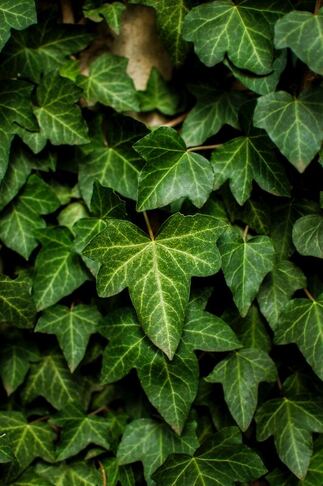
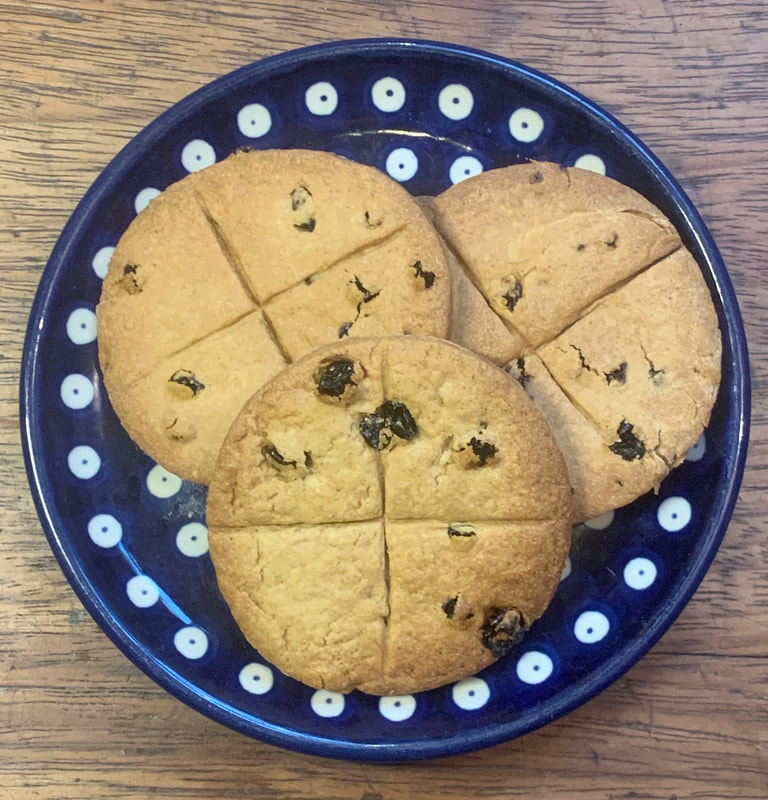

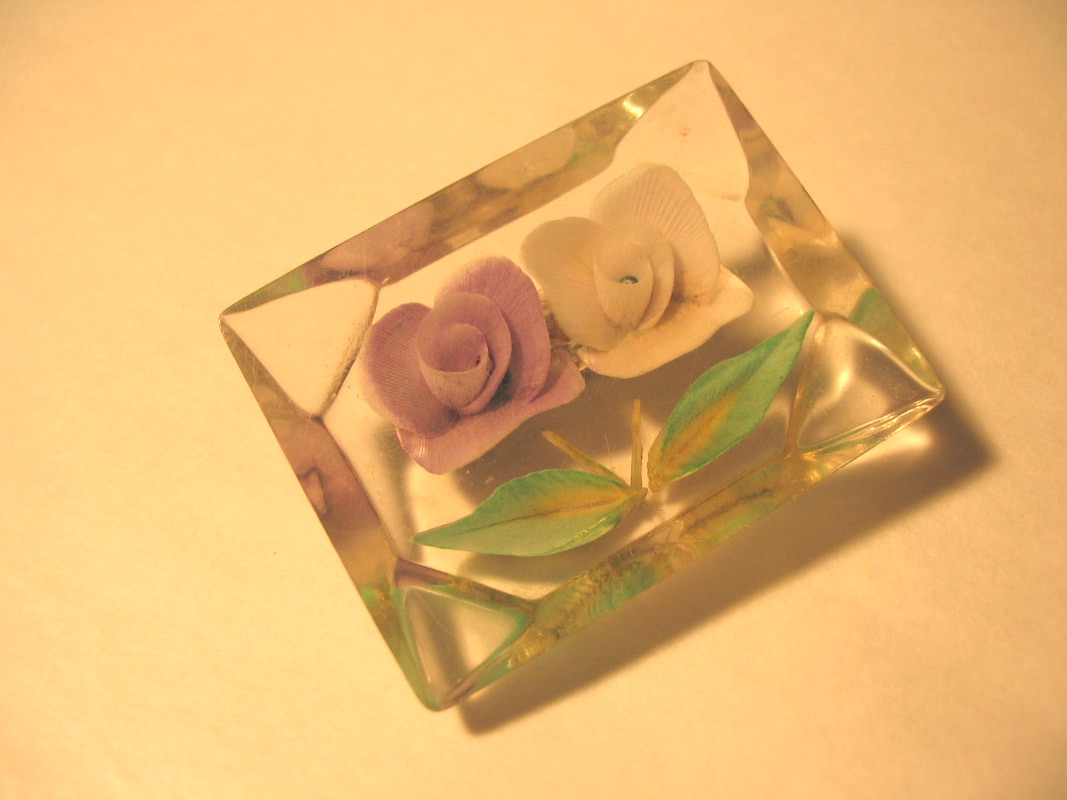
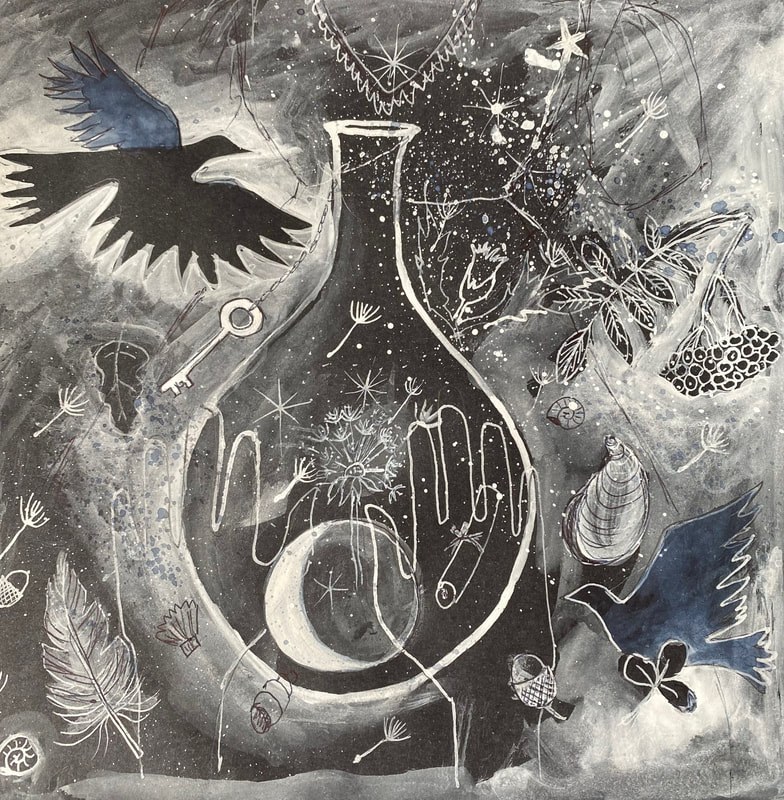

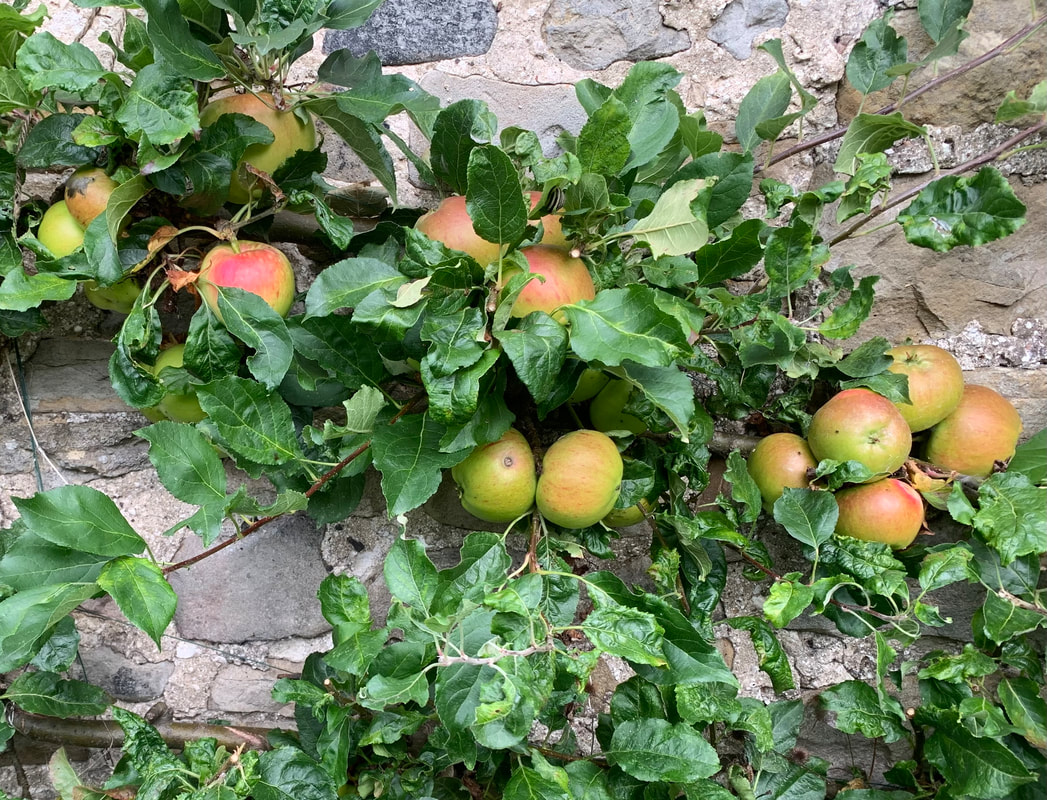
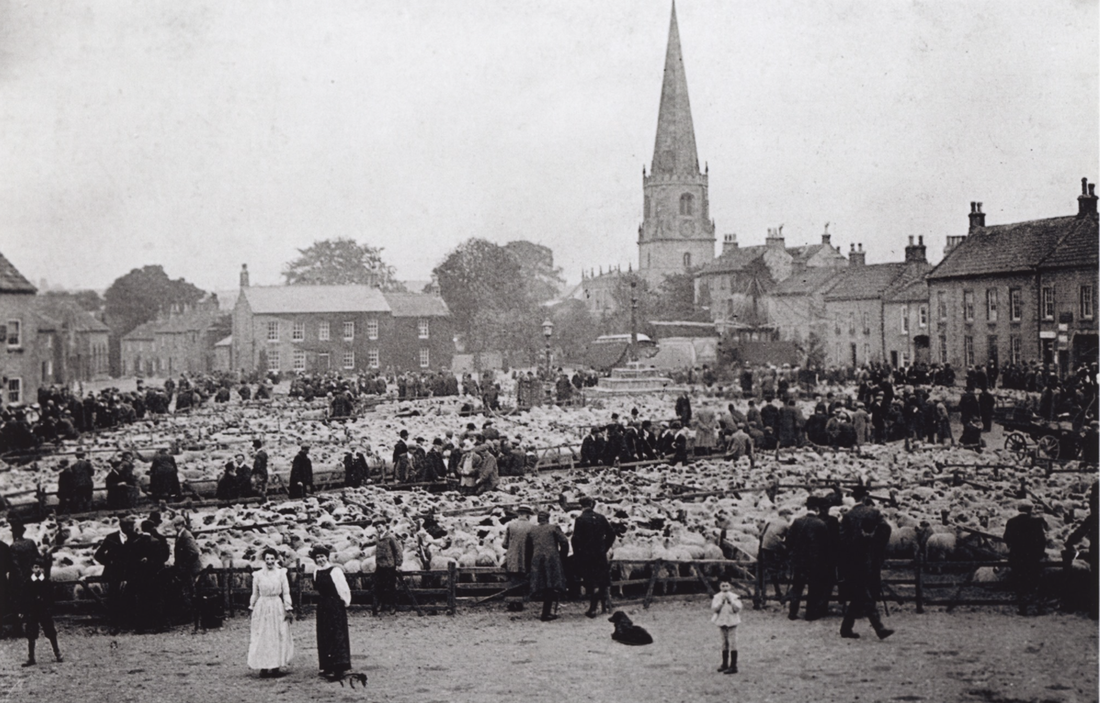

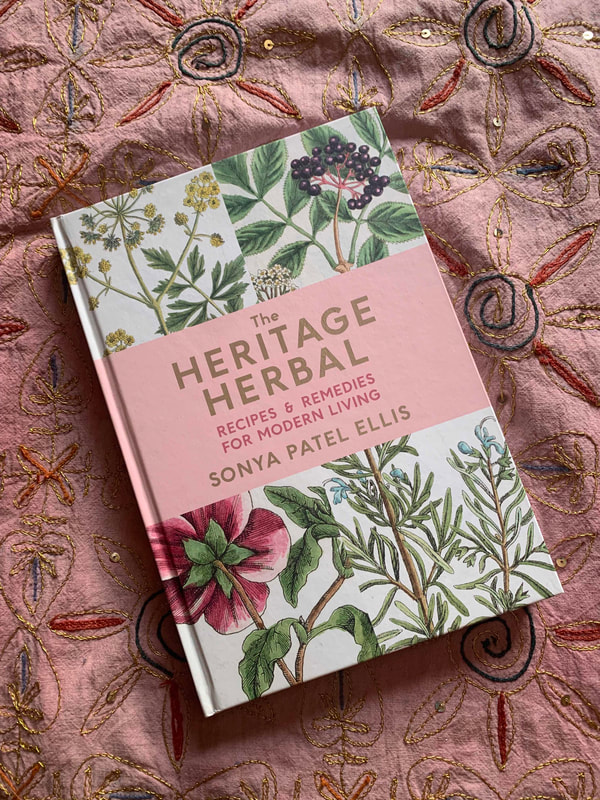
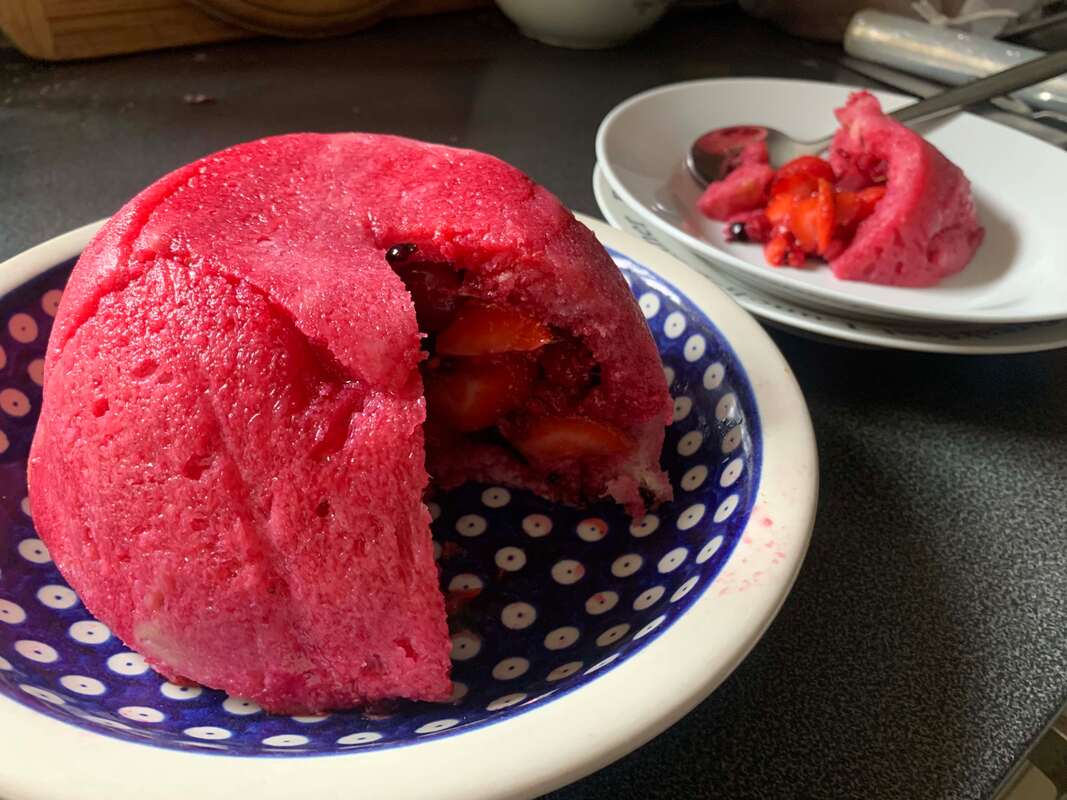

 RSS Feed
RSS Feed